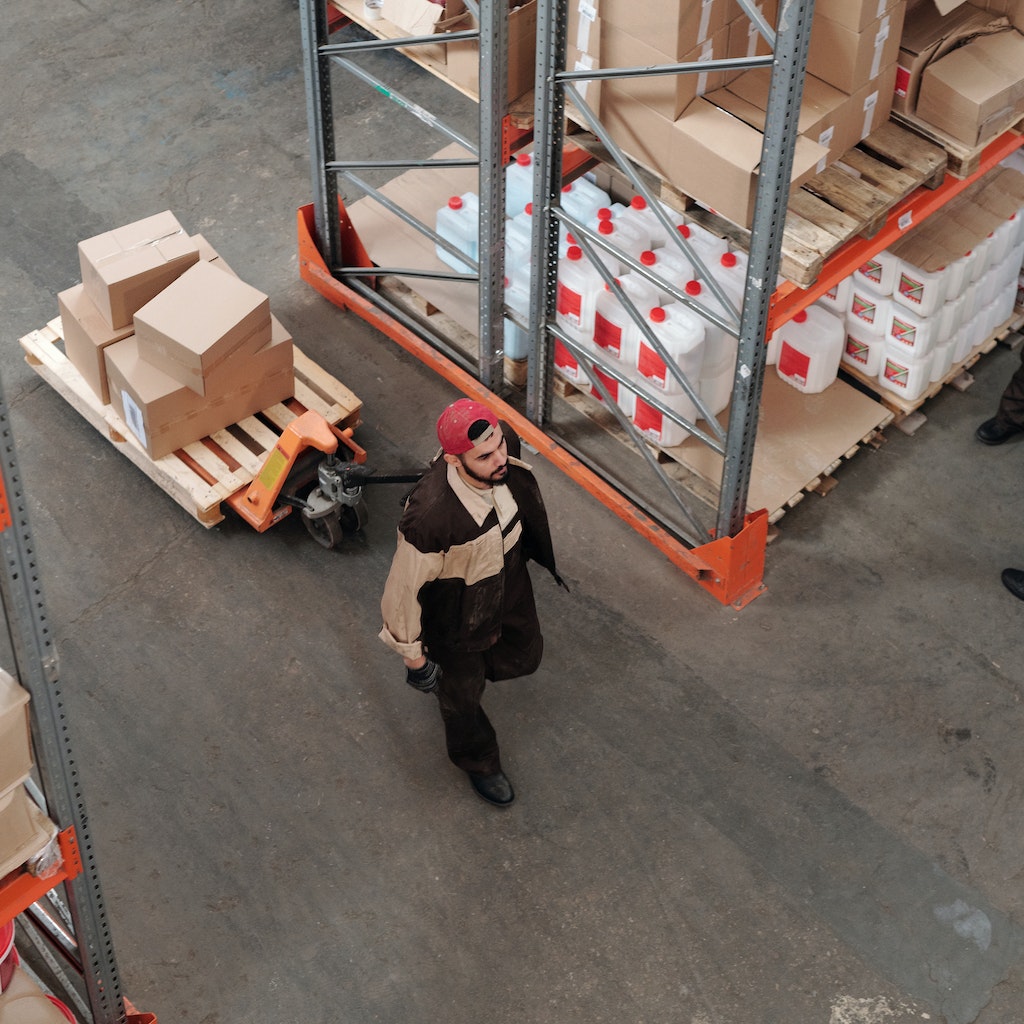Share
Promoting sustainability through reverse logistics: Waste reduction and eco-friendly practices
Introduction
Nowadays, sustainability and waste reduction have become key issues for the success of any company. In this sense, the implementation of reverse logistics practices can be a valuable tool for companies wishing to improve their environmental performance and corporate image.
In this context, software development companies specialising in logistics business management have a key role to play in the implementation of reverse logistics practices. In this article, we will explain the benefits of reverse logistics, some examples of sustainable practices and the steps needed to implement them in a logistics business management software company.
What is reverse logistics?
Reverse logistics refers to the process of planning, implementing and controlling the reverse flow of goods, materials and/or waste, from the point of consumption to the point of origin, with the aim of recovering value or bringing them into compliance with environmental regulations. In other words, it is an approach that allows companies to recover and reuse products and materials that are no longer useful to the final customer.
Implementing reverse logistics practices can provide many benefits for logistics companies. In this blog, we present 5 of the main benefits that can be obtained:
Cost reduction
Reverse logistics can help reduce production and transportation costs of materials and products. In addition, the reuse of materials can reduce procurement costs for raw materials and other materials.
Improving sustainability
Reverse logistics can contribute to improving a company’s sustainability. By recovering and reusing products and materials, it reduces the amount of waste sent to landfill and saves natural resources.
Regulatory compliance
Companies that implement reverse logistics practices can better comply with environmental regulations and reduce their environmental impact.

Improving corporate image
Reverse logistics practices can enhance a company’s corporate image by showing its commitment to the environment and sustainability.
Customer loyalty
Implementing reverse logistics practices can increase customer loyalty by showing that the company cares about environmental impact and sustainability.
Some concrete examples of reverse logistics practices:
Used product recovery
A common reverse logistics practice is the recovery of used products and their reintroduction into the production cycle. This may include repairing used products, reselling used products or reusing components.
Material recycling
Materials recovery and recycling is another common reverse logistics practice. This may include the collection and recycling of electronic waste, such as computers, mobile phones and other electronic devices.
Buy-back programmes
Companies can also implement buy-back programmes, in which they buy used products from their customers and reintroduce them into the production cycle.
Reuse of packaging
Another common reverse logistics practice is the reuse of packaging. This may include the collection and reuse of boxes, pallets and other packaging materials.
Reintroduction of products into the production cycle
Companies can also reintroduce products that were not sold in the market and are no longer useful to customers in the production cycle, in order to create new products from them.

Harnessing the Power of Software: Driving Reverse Logistics and Waste Reduction in Logistics Companies
Logistics business management software plays a key role in the implementation of reverse logistics practices. Companies can use the software to identify opportunities to reduce waste, monitor and measure the results of reverse logistics practices and automate waste management processes.
The following are some aspects of the role that logistics business management software can play in the implementation of reverse logistics practices:
Identifying opportunities to reduce waste
Logistics business management software can help companies identify areas of the supply chain where waste is generated and assess current practices to determine what changes can be made to reduce waste.
In addition, the software can allow simulation and comparison of alternative scenarios that can help identify more effective solutions.
Monitoring and measuring the results of reverse logistics practices
Monitor the amount of materials recycled or the amount of products repaired or reused. The data obtained can be analysed to identify opportunities for improvement in reverse logistics practices.
Waste management process automation
Such logistics tools can also help automate waste management processes. This can include generating shipping labels for returns and managing inventories of recyclable materials. By automating these processes, the amount of time and resources required to manage waste can be reduced and the efficiency of the business can be increased.
Follow us

